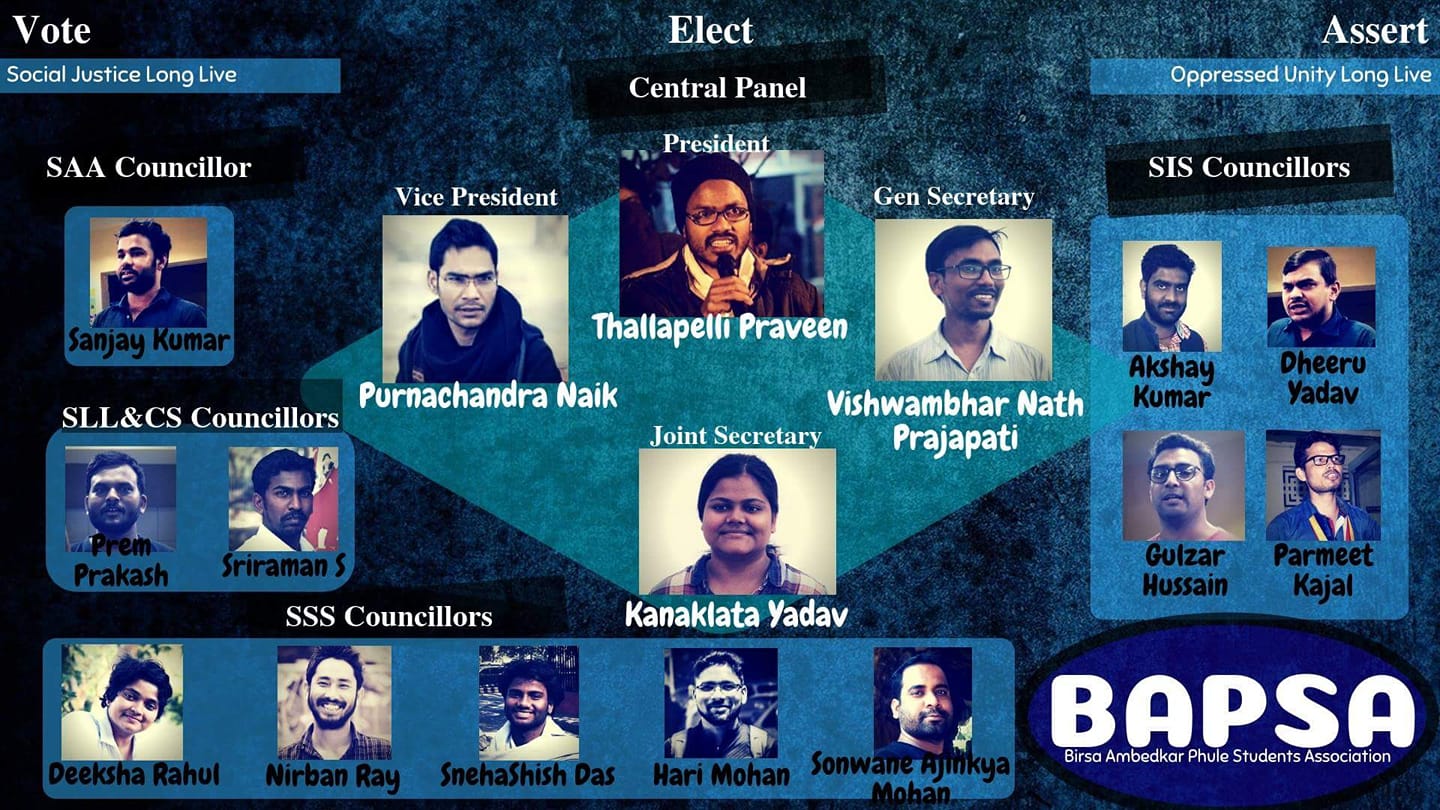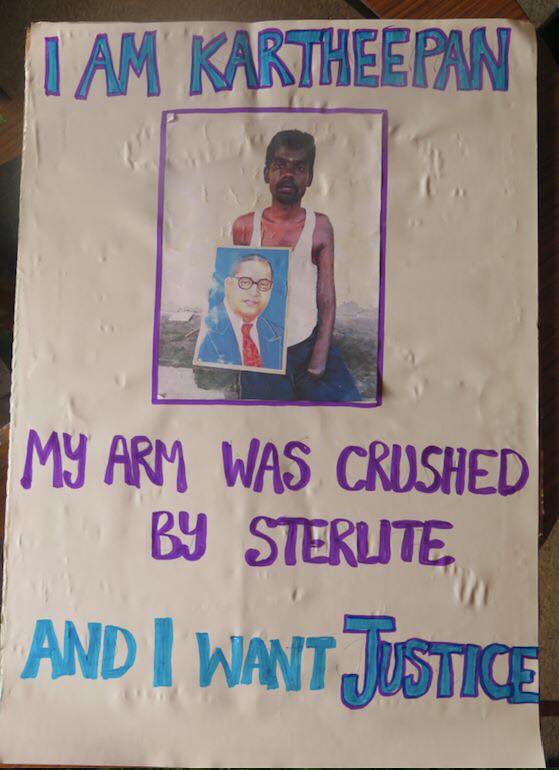JS Vinay

The recently released Marathi movie ‘Jayanti’ is creating waves in the Marathi circles.
Based on my understanding , I will try to share some points (not in order of preference) as a viewer and as also someone who belongs to the Vidarbha region where the movie & characters are based.
Use of local dialect
The movie is based in the city of Nagpur in Maharashtra that falls in Vidarbha. Most of the characters speak the local dialect frequently in the movie. The lead character Santosh (the endearing Ruturaj Wankhede) speaks in the local dialect from start to the end. He in fact speaks the local dialect even in the climax scene where he accepts the award. He also states his reasons saying what’s wrong in speaking in a local dialect which others consider “impure”.
Vidarbha has primary 2 dialects. The Western side of Vidarbha speaks the Varhadi dialect while the eastern side speaks the dialect called Jhadipatti. This is important from an assertion point of view as it challenges the typical norms of “purity” of language. Nowehere in the movie is anyone who speaks the local dialect demonised.
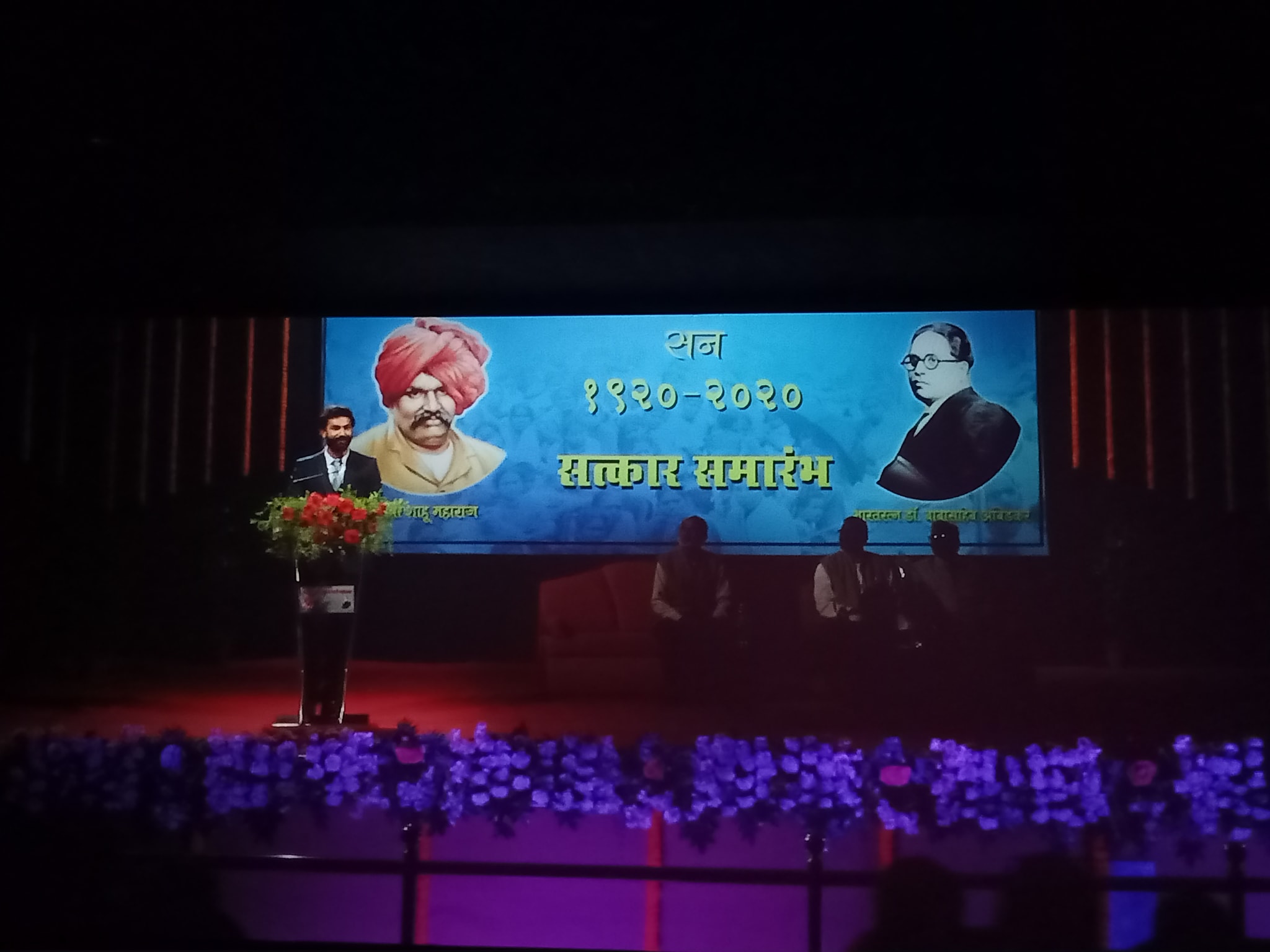
Strong supporting cast
There are many characters who create a mark, apart from the lead hero and heroine, with very significant roles. Notable ones are the teacher (Milind Shinde), social worker (Vibhavari Gajbhiye), Santosh’s friends who become his business partners, mother (Anjali Joglekar) and MLA (Kishore Kadam). The master/teacher is almost like the central character of the movie.
Film of the Bahujans propounding Bahujan autonomy
Most of the people involved in the film–right from production, direction, acting, music, cinematography etc–seem to be from the Bahujan community. This re-emphasises the principle that our stories should be told by our own people. In fact many local Bahujans are deeply involved in various aspects of the movie and that can be seen & felt in the movie.The director Shailesh Narwade creates a very strong impression in his first full length feature film. He also wrote the script of the movie. Reminds me of this quote of Dr. Babasaheb Ambedkar:
“The mischief done by the Brahmin scholars to historical research is obvious. The Brahmin scholar has a two-fold interest in the maintenance of the sanctity of this literature. In the first place, being the production of his forefathers, his filial duty leads him to defend it even at the cost of truth. In the second place as it supports the privileges of the Brahmins, he is careful not to do anything that would undermine its authority. The necessity of upholding the system by which he knows he stands to profit , as well as of upholding the prestige of its forefathers as the founders of the system, acts as a silent, immaculate premise which is ever present in the mind of the Brahmin scholar and prevents him from reaching or preaching the truth. That is why one finds so little that is original in the field of historical research by Brahmin scholars unless it be a matter of fixing dates or tracing genealogies.”
~ Dr.Babasaheb Ambedkar in ‘Who were the Shudras’.
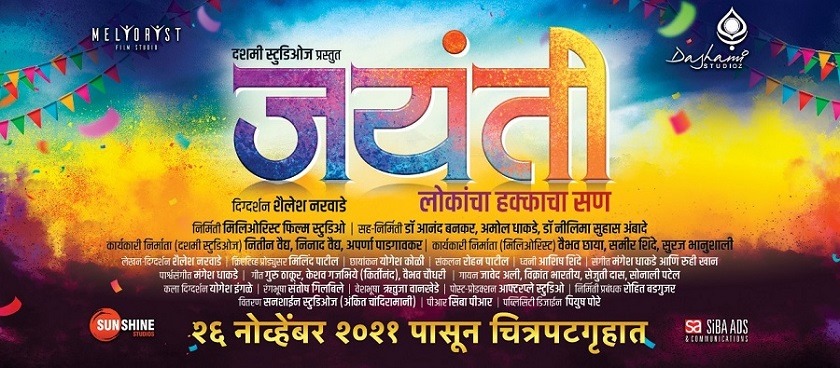
Strong message about various emancipatory ideologies
Throughout the movie, lot of history about Shivaji, Dr. Ambedkar is spoken about and shared. The use of images of various icons like Dr. Ambedkar, Jotiba Phule, Savitribai Phule, Periyar, Birsa Munda, Annabhau Sathe, Tukaram, Ashoka,etc is gratifying. The hero Santosh after reforming, is seen living with the ideology of these emancipatory icons. There are many times where the contribution of Babasaheb towards different sections of society like women, Backward Classes, OBCs, education,etc is mentioned explicitly as well as implicitly.
Performance of the lead actors
Ruturaj Wankhede as Santya/Santosh steals the show. Be it the arrogant, rash Santya in the first half of the movie or the very honest Santosh in the second half of the movie–he is good in delivering powerful dialogues while at the same time acting brilliantly whenever his vulnerable side is shown. Good looking and charming, he brings sincerity to the character. Owing to being from the same Vidarbha region, his dialogue delivery in the local dialect is natural & effortless.The heroine Titeeksha Tawde has a good role and she is the one who brings about the reform in the story with a terrific game changing scene in the middle of the movie during the Jayanti celebration. The romantic track between her and Santya does seem to be bit undercooked and there was some cope for their romance rekindling during Santya’s reformation journey as a strong support.
Message about anti-caste ideology/history and bringing people together
The entire crux of the movie is people reading more about Babasaheb, Shivaji and other icons and knowing & learning the right history. The movie shows different communities working together and commonalities being worked out. It also says that any particular icon should not be reduced or limited to one particular caste, community or religion. Those are universal emancipatory ideologies meant for entire humankind. The use of different books at various critical moments of the film is admirable. For example, in one of the scenes Santya reads the book Gulamgiri by Jotiba Phule. After reading the book , he throws away all the sacred threads that signify freedom from mental slavery. In another scene Santosh explains to his sister that due to Dr. Ambedkar she is able to study and the picture of the book ‘Who were the Shudras’ is shown…
There are some minor loopholes in the movie but nothing that is a big concern. This movie is meant to be seen by every section of the society and by all age groups. Heart congratulations to the makers of the movie. There is some news that this movie will be available on OTT platforms soon as well as dubbed in other languages for people across regions. The movie currently is in Marathi with English subtitles.
It is garnering praise & appreciation day by day after a slightly slow start. It will gain more momentum after word of mouth publicity. It is a highly recommended movie with a strong message of Social Integration.
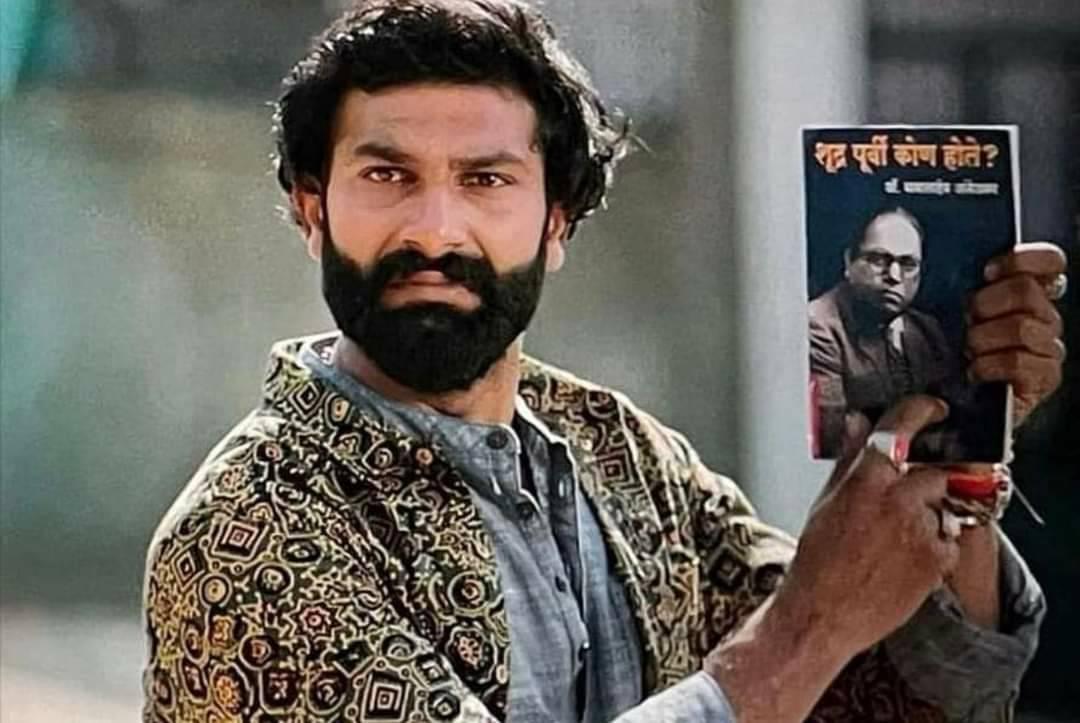 Image sources: Internet
Image sources: Internet
~~~
JS Vinay is interested in the Anti-Caste movement, Food and Movies.


